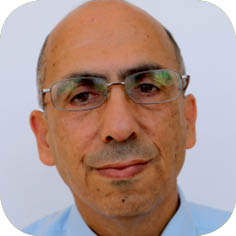The Palestinian Museum of Natural History (PMNH) at Bethlehem University is one of the Global Environment Facility’s Small Grants Programme* (GEF/SGP) grantees that focuses on protecting biodiversity and preserving native species in Palestine. In 2017, the institute was entrusted by GEF/SGP to conduct faunal and floral biodiversity studies in Wadi Zarqa al-Ulwi (WZU) to determine the most threatened and endangered species according to the IUCN Red Data Book; identify threats to the existing ecosystems in the wadi; and carry out an environmental-awareness and education program in the area that would lead to sustainability.
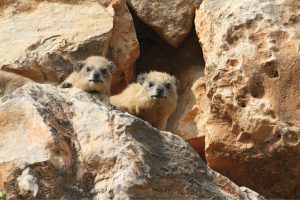
The wadi is located between Ramallah and Salfit governorates and is about 20 km long. It is surrounded by mountains at altitudes that range from 270 to 400 meters above sea level. The protected area of the wadi is roughly 2,700 dunams that are located in the valley system, with several villages and the city of Salfit located at the periphery of the protected area.
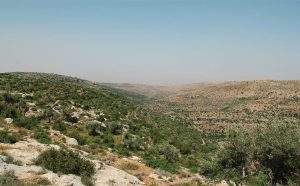
Through GEF/SGP support, we carried out a field survey of the reserve that documented 195 plant species belonging to 53 plant families, including olive trees, carob, hawthorn, maple, wild almonds, pine nuts, oak, suwaid, and sumac. The list included 17 species of rare plants, such as wild orchids, especially in the eastern part of the reserve near Kufr al-Deek and Deir Ghassaneh. Numerous vertebrates (mammals, birds, reptiles, and amphibians) and invertebrates (insects, spiders, snails, etc.) were observed and recorded. For example, 88 species of birds were recorded, 30 species of butterflies, and 19 species of land snails, including rare and endemic ones. Fourteen species of mammals were observed. Bats took the largest area, with five species initially recorded (now 10) and documented. A large colony (at least 400–500 individuals) of the Egyptian Fruit Bat, Rousettus aegyptiacus, was noted in a cave in the western section of WZU. In another cave close to the fruit-bat colony, we found a relatively large colony of about 200 individuals of the Naked Bellied Tomb Bat, Taphozous nudiventris. A few gazelles were spotted in the western part of the reserve, whereas wild pigs were seen in large numbers in the eastern parts of the reserve. The Rock Hyrax was observed in various parts of the WZU system, usually taking refuge around rocky areas, especially those that have small caves or crevices. Two types of frogs were found and many species of reptiles, including the Palestine Viper, the whip snake, the Mediterranean turtle, and many types of lizards.
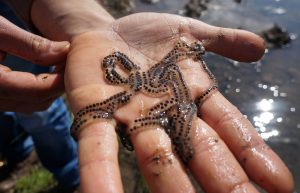
The survey also identified several threats that face the protected area. These include overgrazing, hunting, wastewater, dumping of solid waste, alien species, urban encroachment, and Israeli occupation practices (e.g., the apartheid wall). The confiscation of Ras Imweis and six adjacent areas of the WZU watershed is an example of taking land, which is supposed to be designated a “nature reserve,” for the sake of Israeli settlements (mainly Nahal Shilo). But we also identified significant other threats to the environment, including noise pollution, habitat destruction, overgrazing, hunting, and urban sprawl.
In addition to the field survey, PMNH, in consultation with stakeholders, carried out a detailed SWOT analysis to identify key management actions to protect biodiversity and preserve nature species in the wadi. In brief, these actions focus on reducing and recycling liquid and solid waste; reducing and eventually eliminating harmful human activities; developing sustainable local economies linked to environmental conservation; carrying out environmental education and awareness; enhancing enforcement of bylaws; pursuing environmental justice; managing and protecting endangered species and habitats; better rural and urban design; and studying and protecting transitional key areas.
We contacted five local municipalities (Deir Ballout, Bruqin, Kufr al-Deek, Deir Ghassaneh, and Salfit), the Ministry of Education, the Environmental Quality Authority, and the governorate of Salfit. The team effort resulted in not only excellent research but also quality environmental education that helped us relate the scientific results to the local population in ways that promoted environmental conservation. We know this through our collection of data from students and other stakeholders in the affected communities.
In our estimation, this project has a number of long-term benefits. First, scientific knowledge. The project has increased scientific knowledge on an area little studied previously. Publications will help build the body of scientific literature in areas such as taxonomy (systematics), ecology, environmental management (including threats and mitigation strategies), ecosystem services, local sociological issues relating to environmental protection, and more.
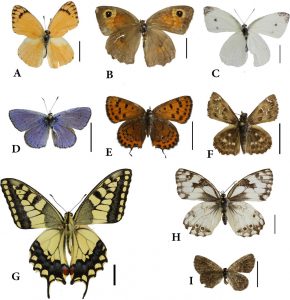
Second, local engagement and sustainable development. The project generates environmental awareness, especially among key adult stakeholders and children. This would have a long-term impact on environmental protection/sustainability, not only of the protected area but also of the communities in the areas surrounding the protected area (Salfit, Deir Ballout, Bruqin, Kufr al-Deek, Deir Ghassaneh, Beit Rima).
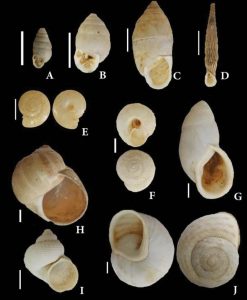
Third, our data collection for the SWOT analysis generated a set of plans and recommendations for management that will be used by scientists, stakeholders, government officials, local farmers, and the general local population to ensure sustainability.
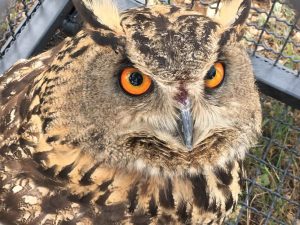
As we look towards the future, it is clear that the material and data collected during the course of the project, as well as the results, are of significant help, but the benefits certainly do not end with this report. Many of the specimens collected from various groups of animals will be worked on (together with other collections from other areas) in a comparative way for years to come. We expect that several research papers will be published in peer-reviewed journals as a result of this work. We already know that there are some interesting new species (e.g., we sent one of our students to the University of Siena in Italy to work with an expert to identify the many species of Collembola that we collected from the forest leaf litter). The data gathered from the questionnaires used in the workshops aided in the improvement of later workshops and will also be used for our environmental-awareness and education campaigns for years to come. The relationships we built with the local community continue, and we already share helpful ideas with farmers and continue to work with students, other members of the local population, and officials to ensure that this area of WZU and its nearby buffer/transition zones are protected as a national and local heritage for generations to come.
Article photos (unless specified) are courtesy of the Museum of Natural History.
*Established in 1992, the year of the Rio Earth Summit, the GEF Small Grants Programme embodies the very essence of sustainable development by “thinking globally acting locally.” By providing financial and technical support to projects that conserve and restore the environment while enhancing people’s well-being and livelihoods, SGP demonstrates that community action can maintain the fine balance between human needs and environmental imperatives.

